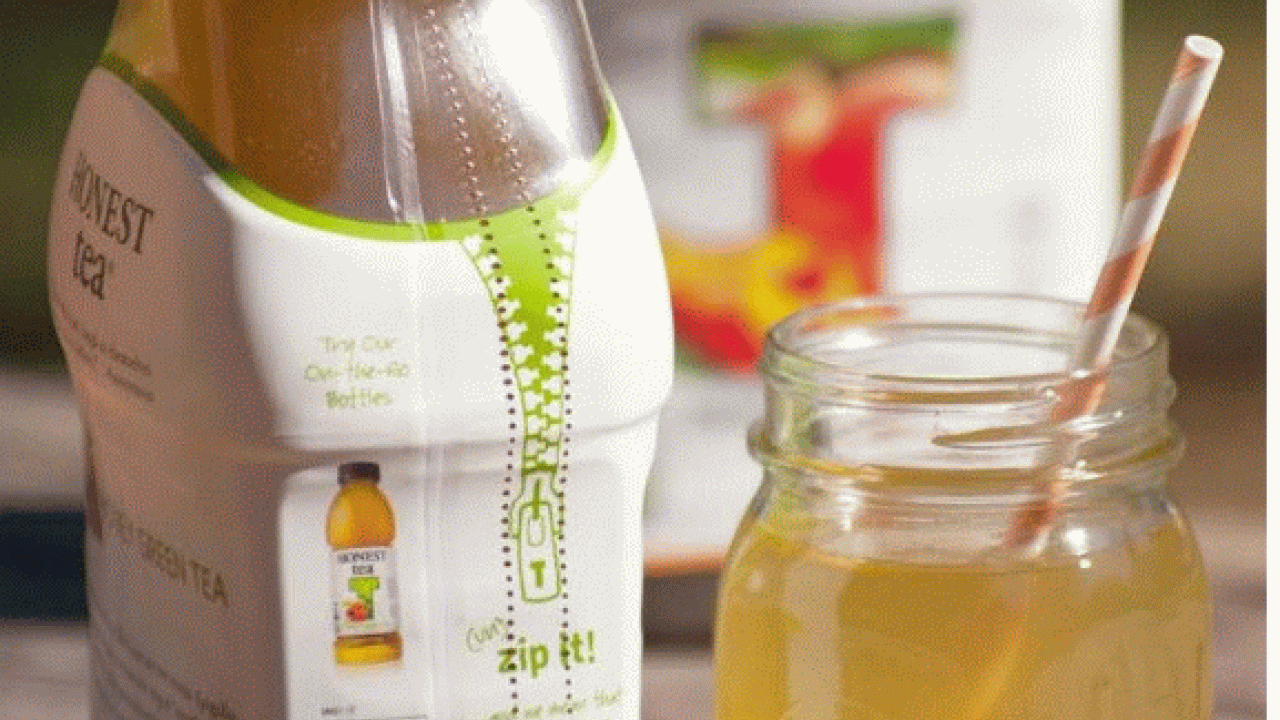APR report outlines ways to mitigate impact of sleeve labels on PET bottle recycling
The Association of Postconsumer Plastic Recyclers, a trade organization representing the plastics recycling industry in North America, has released the final report of the Sleeve Label Working Group detailing recommendations the packaging industry can use to mitigate the impact of sleeve labels on the recycling of PET bottles.

Formed in June of 2013, the APR working group represented all segments of the recycling industry and label supply chain, including PET reclaimers, brand owners, material suppliers, equipment vendors and testing labs. Their primary focus was the ever growing technical issues associated with recycling containers with full wrap shrink sleeve labels.
John Standish, technical director of APR, said: ‘Recyclers were seeing more and more containers with full wrap shrink sleeve labels contaminating their material. We formed a group to clearly identify steps that would allow brand owners to take advantage of these labels without creating a negative impact on the quality of the rPET stream.’
Byron Geiger, president of Custom Polymers PET, and chairman of APR’s technical programs, commented: ‘These labels serve as a great marketing tool, but they essentially render the container non-recyclable. Sorting technology was unable to identify the resin type of the container if it had a full wrap label, thereby not separating it out appropriately, resulting in a contaminated stream of material.’
APR executive director Steve Alexander added: ‘The extensive work of this group is just the latest example of how the technical guidance that the APR and the plastics recycling industry can provide to ensure that product innovation and recyclability need not be mutually exclusive.’
Key recommendations of the Sleeve LabelWorking Group include:
- Employ sleeve labels that will float in water and separate from PET flakes in a sink/float material separation step.
- Employ printed labels where the label inks do not stain PET Flakes in the wash/rinse step.
- Use APR’s Critical Guidance Document for Shrink Labels for PET Bottles as a comprehensive laboratory test program to assess the impact of a label on recycling PET Bottles.
- Where possible, use a sleeve label that leaves at least 20 percent of the PET bottle surface area exposed. This will allow the most accurate auto-sortation by the broadest range of installed color sorters.
Although the problem is not completely solved, Standish pointed out that several label manufacturers have worked with the APR to create label stock that meets APR guidelines for removal of the labels in the wash system, which reduces the problem.
APR has worked with label manufacturers that developed TD and MD shrink label technology available today that meet APR Critical Guidance.
‘Although this is one small step in addressing a much larger label problem with containers,’ said Standish, ‘the efforts to date give me optimism that the label manufacturers, brand owners and recyclers are up to the challenge. At the end of the day, all parties want to see more of their material recycled.’
Editor’s Note
Leading label converters have helped clients overcome problems with recycling plastic containers decorated with shrink sleeves by designing a perforated cut on the side of the label with instructions for consumers to remove the sleeve prior to recycling. Honest Tea, based in Maryland, ‘strives to grow its business with the same honesty and integrity it uses to craft its products, with sustainability and great taste’. The drinks manufacturer switched its packaging in 2012 to perforated shrink wrap.
Honest Tea public relations manager Joanna Seiden said: ‘We felt that it was important to give our consumers the tools to help make sure the bottle is recycled correctly. By removing the shrink sleeve before recycling, the PET bottle has a better chance of being identified properly by sorting equipment and will help the PET recycling community. We thought the perforated area with the zipper imagery would be an easy way for us to get the message across to our consumers and help keep the bottles out of the waste stream.'
Stay up to date
Subscribe to the free Label News newsletter and receive the latest content every week. We'll never share your email address.


